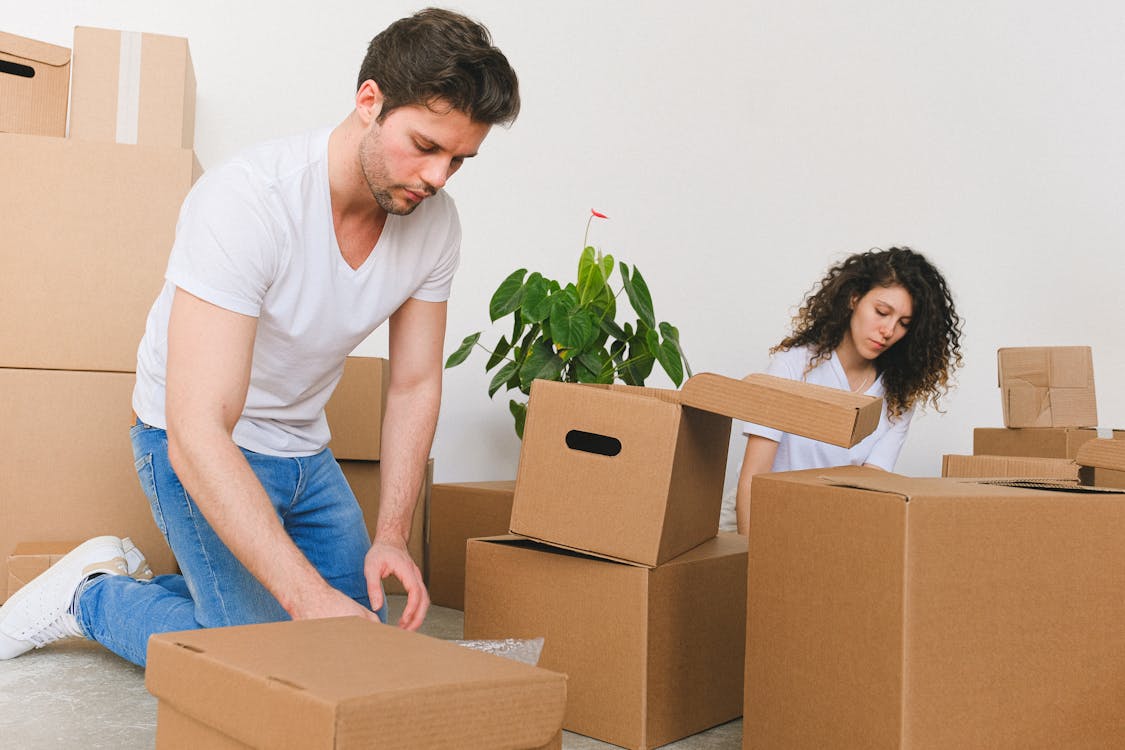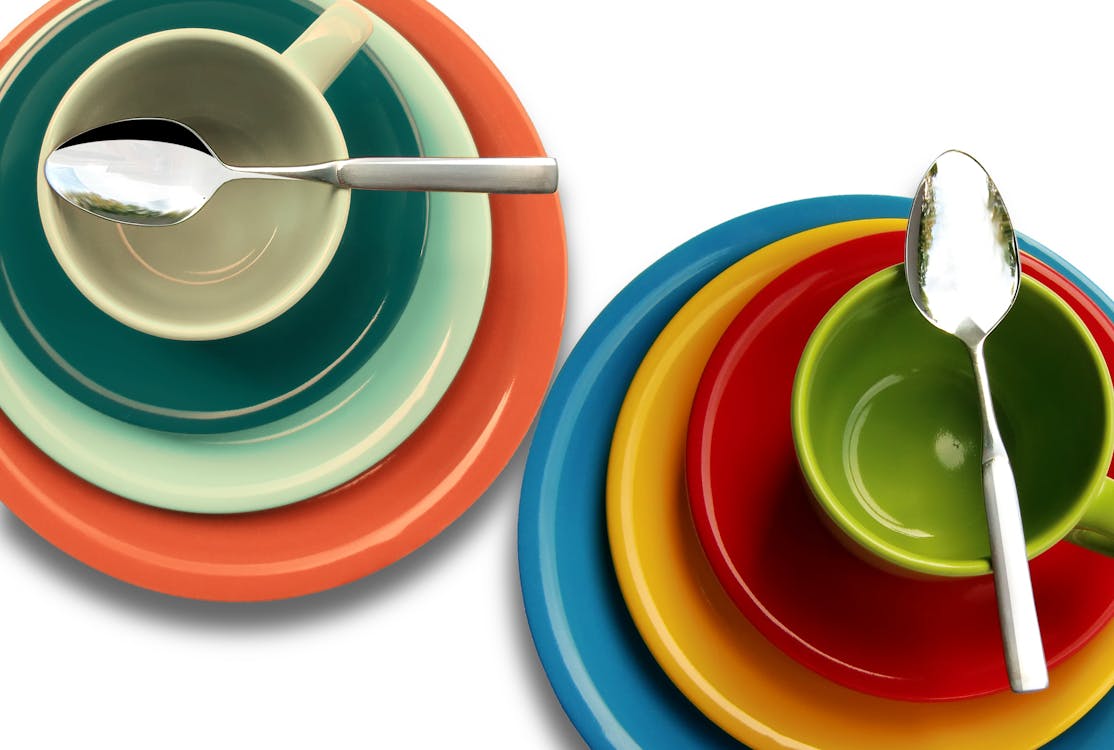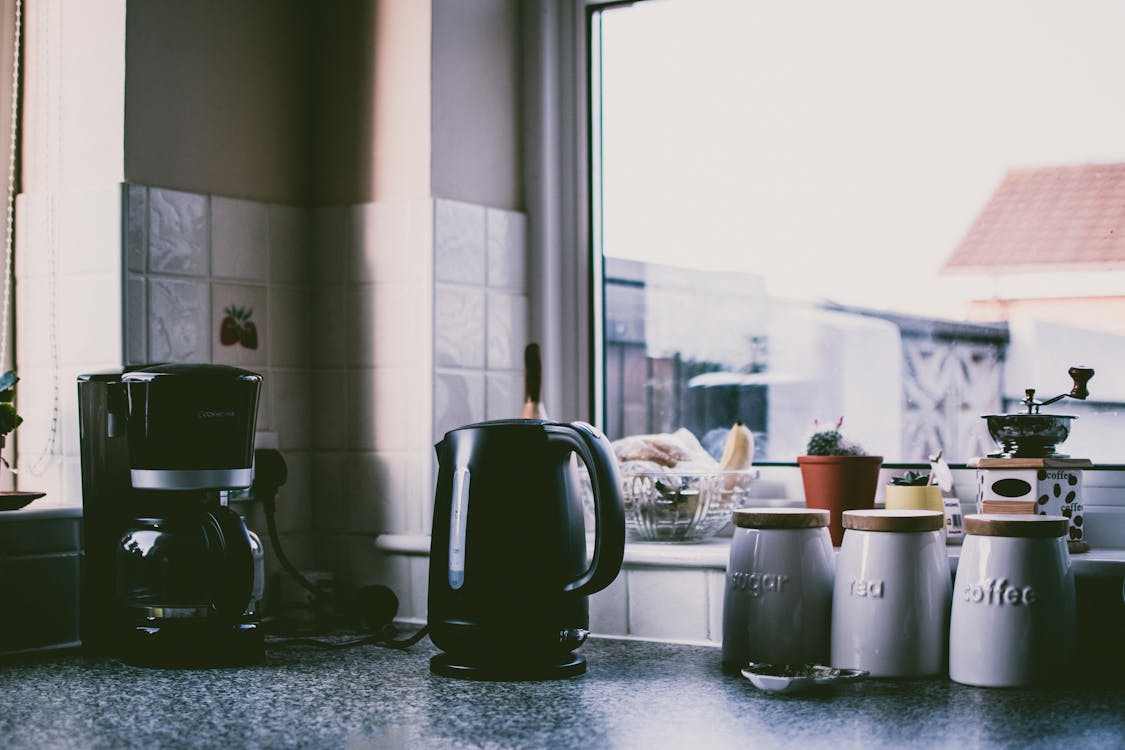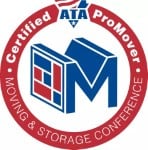Packing a kitchen can feel like an overwhelming puzzle. From fragile glassware to bulky appliances to spindly cooking utensils—you name it; your kitchen has it! And knowing the best way to pack this mish-mash of items isn’t always intuitive.
Thankfully, the right packing materials paired with some know-how can help make your next kitchen packing adventure a cinch. Here is what you need to know to prep and box your kitchenware like a pro packer.
Get Organized
Start organizing a kitchen for a move 3 - 4 weeks from moving day. One of our clients was moving from a small apartment in Manhattan to a larger space in Brooklyn. When we arrived at her place to pack up her kitchen, we were impressed by her organization skills. She had already started sorting through her pantry, donating unused items, and packing up non-essential kitchenware. It made our job so much easier and efficient, and we were able to wrap up her kitchen in no time.
Declutter: Before starting the packing process, purge any kitchen items you no longer need. Do you use all of your mugs? Do you need two toasters? Is it worth moving that pasta maker that you’ve only used once? Food for thought: If you haven’t used an item in 9 months, it may be time to donate it or pass it on to a friend.
During one of our recent moves, we had a client who was hesitant about getting rid of any kitchen items. We gently suggested purging unused items to make their move more efficient, and they reluctantly agreed. After the move, they thanked us for the advice, realizing they didn't miss or need many of the things they had decided to donate. It made their new kitchen feel much more organized and less cluttered.
Plan Meals: In the weeks leading up to moving day, look for recipes to finish the food you have on hand. Moving-friendly meals can help you pare down your pantry and use up perishables. For example, stir fry or soup is excellent for using up vegetables. Have lots of eggs? A quiche or breakfast skillet can help you crack that problem. Using up items in the fridge or freezer should be the top priority.
You might also find our guide on how to pack for a move helpful.
Gather Packing Supplies
Buy all the packing supplies you need before you start emptying your cupboards (about a week before your move). That way, you can get into the flow of packing without scrambling around for packing essentials.
Beyond packing tape and a marker to label boxes, you will need.
Cardboard boxes: The number of moving boxes you need will depend on your kitchen size. For example, a kitchen for a family of 4 will need around 20 - 25 cardboard boxes of varying sizes. Contrastingly, a single person with a small kitchen may only need 10 – 15. Consider opting for a couple of boxes with cardboard dividers for fragile items like stemware and glasses. A few double-walled boxes are also ideal for heavier items like dishware.

Packing Paper: Newspaper is free and great for padding boxes. However, be aware that the ink can transfer, so it shouldn’t touch valuables like fine china. Packing paper works just as well without running the risk of ink smears. With either one, four pounds is a good amount to start.
Plastic Wrap: Grab a roll or two of plastic wrap to bundle items and leak-proof liquids. Have a utensil tray? Leave your flatware and cutlery inside, then wrap it with plastic to get it ready for moving in under a minute.
Bubble Wrap (optional): Ideal if you have many valuable kitchen plates and glassware that can use a little extra cushioning and protection.
Don't Pack the Things you Use Everyday
Put aside cooking and eating essentials so your kitchen can remain functional right up until moving day. Depending on your lifestyle and cooking plans, this may include:
-
Frying pan, mixing spoon, and spatula
-
Knife and cutting board
-
A plate, cup, bowl, and silverware for each person
-
Coffee maker or kettle
-
Oven gloves
-
Can opener
-
Dish towels, dish soap, and a sponge
-
A couple of food storage containers
-
Any food you plan on using (keep a few easy snacks like granola bars and bananas handy while packing and on moving day—all that labor works up an appetite!)
Note: This will be one of the last boxes you pack. Contrastingly, when it comes to unpacking, it will be one of the first. Therefore, you want to ensure it isn’t buried at the bottom of the moving truck and is clearly labeled.I’ll never forget one of my first moves, years ago… the client had packed all of their food into boxes without labeling them. As we started unloading the truck at their new place, they were frantically searching for something to eat among the sea of unlabeled boxes. We learned firsthand the importance of clearly labeling the box with food and keeping it easily accessible during the move.
How to Pack: (All Things Are Not Packed the Same Way)
Plates and Bowls
Moving Box Needed: Heavy-duty medium boxes—double walled is best.
How to Pack Plates and Bowls:
-
Cushion the bottom of the box with a few inches of crumpled packing paper.
-
Wrap each plate and bowl individually with packing paper before stacking them. Alternatively, you can slip a piece of packing paper between items as you stack them. The latter option is quicker but offers less protection.
-
Bundle the stack with plastic wrap to keep items from shifting around. This is an optional step, but it adds an extra layer of security.
-
Pack dishes vertically, turning the stack on its side (if not wrapping in plastic wrap, place them in the box one by one).
-
Ensure all gaps in the box are filled with lighter kitchen odds and ends (cooking utensils, dish clothes, etc.) and crumpled packing paper to keep the dishes from shifting around.
-
Add another layer of packing paper to the top, then seal the box with tape. Don’t forget to label the contents.

Dishware Packing Tips:
-
Always stack similar items together (bowl on top of bowls, etc.).
-
Low on packing material? If you have Styrofoam plates handy, they layer perfectly between everyday plates.
Glasses
Moving Box Needed: Medium boxes with cell dividers.
-
Layer the bottom of the box with a few inches of crumpled packing paper.
-
Wrap each glass in 2 - 3 sheets of packing paper. Tuck any paper sticking out inside the glass. For stemware like wine glasses and martini glasses, you’ll need to wrap the stem in a few sheets before wrapping the rest of the glass.
-
Place one glass per spot in the divider (rim down). Pad it as needed with crumpled paper to keep it from shifting. Couldn’t find a divided box? Place all glasses in the box, then use packing paper in the gaps to secure and pad them.
-
If there is room, place the provided piece of cardboard in the divided box and pack another layer.
-
Pad the top of the box with packing paper and tape shut. Label it and mark as FRAGILE.
Glass Packing Tips:
-
If you pack your glasses with your dishware, the drinkware should always be at the top of the box.
-
Bubble wrap works great for additional padding but can mark glass permanently in some situations. Always buffer it with a piece of packing paper.
Pots and Pans
Moving Box Needed: Medium and large boxes.
-
Pad the bottom of the box and nest the pots and pans (max. 3-4 per stack). Place a dish towel or another piece of soft fabric like a cotton t-shirt between each one if you are worried about scratching.
-
Pack pots and pans into the box.
-
Pad gaps between the nested pots with packing paper, so they don’t move around.
-
Wrap glass lids with paper and nestle them beside the pots or in a separate box.
-
Top with light items, like plastic food storage containers, cooking utensils, pantry items, etc.
-
Fill the top and holes with packing paper. Then, seal and label.

Pots and Pans Packing Tips:
-
For expensive cookware sets, consider transporting them in your own vehicle for local moves.
-
Lift the box periodically to check the weight—pots and pans add up!
Appliances
Moving Box Needed: The original box where an appliance came in is best. If not available, try for a box similar to the appliance size (medium and small boxes).
-
Clean and dry all appliances well. This means shaking crumbs out of the toaster, giving the microwave a quick wipe down, etc.
-
Twist-tie or rubber band any cords to keep them from getting tangled or damaged.
-
Remove any loose parts, such as the whisks on mixers and blades on food processors. Carefully wrap and label any loose sharp pieces, like blades.
-
Use plastic wrap or tape to secure non-sharp loose parts of the appliance.
-
Wrap the appliance in packing paper or bubble wrap.
-
Pad the bottom of the box with paper and gently place the appliance inside.
-
Cushion the sides of the box, fill in any gaps, and top it off with more paper.
-
Tape the box shut and label it.
Appliance Packing Tips:
-
While small appliances should get boxed, large appliances like refrigerators can be wrapped in moving blankets and industrial stretch wrap. When in doubt, consult your appliance manual or contact the manufacturer for guidance.
-
Be mindful of using tape directly on the appliance as it can leave a sticky residue—especially if left for an extended period of time in storage. If this happens, rub coconut oil on the residue or use a remover like Goo Gone.
Food Items
Sort through your cupboards, spice rack, pantry, and fridge to assess what you have.
-
Expired food. Start by ridding of any food that has expired.
-
Perishable food. Items from the freezer and fridge are generally only worth the hassle of taking if you’re doing a local move. You will need a cooler and/or bags with ice packs to transport these items.
-
Canned food. You may want to consider donating it (unless you’ve chosen a DIY move) since it can add a lot of weight to your load. A local food bank or soup kitchen is always a good choice. Or, there is the option to hand it off to a nearby friend or family.
Note that most movers will not take food items or cleaning supplies, so you only want to keep what you will transport yourself.
-
Pack similar items together, with heavier stuff always on the bottom of the box.
-
Wrap any condiments, oils, or other kitchen liquids similar to how you pack toiletries. Screw the cap off, place a piece of plastic wrap on top of the opening, then put the cap back on. As an extra precaution against leaks, place in a zippered plastic bag.
-
Place any freezer or fridge items in a cooler. Make yourself a note to unpack these items as soon as you arrive. Also, check that your fridge and freezer are plugged in at your new home at least a day before moving perishables.
-
Don’t pack any food items with valued cookbooks or other paper products.
Whether you’re a DIY mover or hiring a moving company, some level of kitchen packing is part of the process. While it can feel overwhelming, remember that you can get the job done by taking it one drawer and cabinet at a time!








